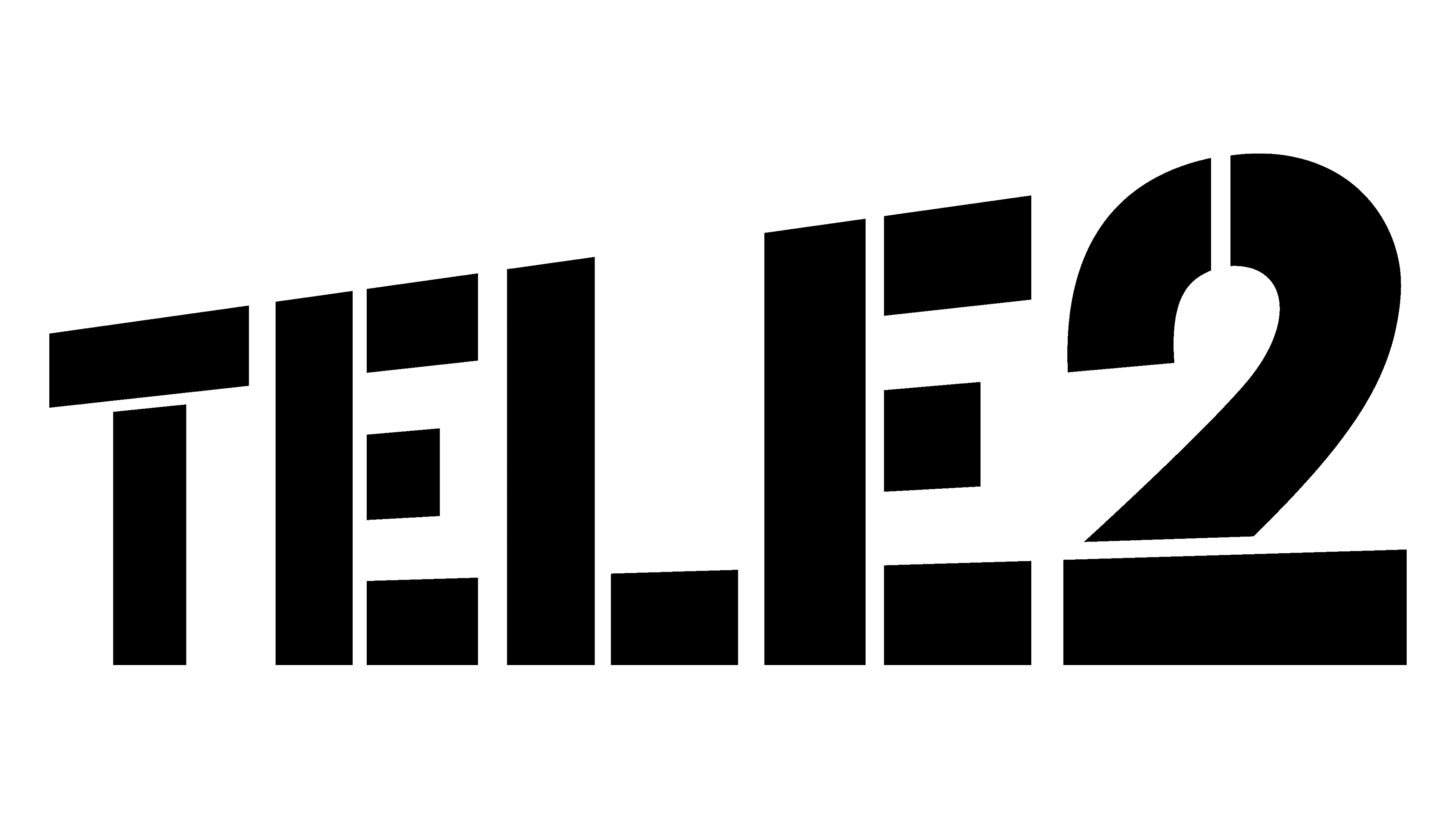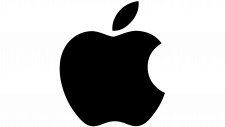Tele2 Logo
Tele2 is a European telecommunications operator, founded by Jan Stenbeck in Sweden. It was created to offer mobile telephony services at competitive prices, challenging established telecom monopolies. Over the years, Tele2 has expanded its operations across Europe, providing a variety of telecommunications services, including mobile, fixed broadband, and telephony.
Meaning and history
In 1993, Tele2 emerged in Sweden, taking on the state telecom monopoly with its innovative service offerings. By 1997, Tele2 had merged with mobile operator Comviq and hit the market with Sweden’s first prepaid cards. The early 2000s saw Tele2 spearhead the world’s first 3G network. Later, together with Telenor, it expanded its 4G network across Sweden.
Tele2 broadened its reach with strategic European acquisitions, refocusing on infrastructure-rich markets and exiting several, including France, Italy, and the UK. Tele2 reinforced its business services by acquiring TDC Sweden AB in 2016. A 2018 merger with Com Hem diversified its offerings to TV and broadband, leading to Tele2 Play’s launch.
Tele2 streamlined its operations, focusing on Swedish and Baltic markets with strong mobile broadband growth. Advancing into the 2020s, Tele2 launched 5G in Estonia, strengthening its presence in Nordic and Baltic telecoms.
What is Tele2?
Tele2 is a trailblazing telecommunications entity originating from Sweden, renowned for its disruptive approach in offering cost-effective mobile and broadband services. It embodies innovation and customer-centricity, challenging conventional norms to enhance connectivity across Europe.
1993 – 2007
The logo showcases bold, black block lettering spelling “TELE2,” with a distinct numerical “2” ascending above the text line. The design is marked by stark contrast, incorporating a minimalist cyan blue square at both ends, adding a splash of color.
2007 – Today
This iteration of the Tele2 logo stands out in stark monochrome, the cyan squares now absent. The “2” in “TELE2” boldly sweeps above the baseline, its inner negative space forming a near perfect semicircle at the top, adding a distinctive geometrical flair. The typeface is sans-serif, implying modernity and efficiency, with the varying widths of the letters creating a rhythmical visual flow.













